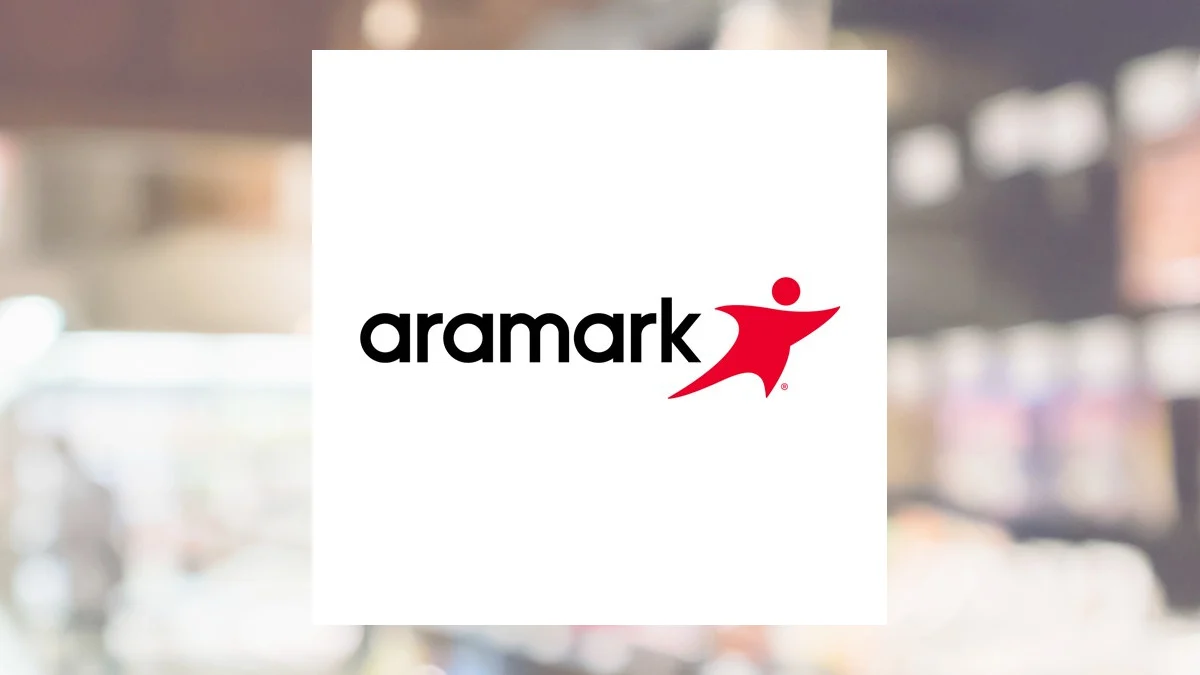
VSTS
Vestis Corporation
$6.51
0.07
(1.09%)
| Exchange: | |
| Market Cap: | 858.278M |
| Shares Outstanding: | 131M |
About The Company
| Sector: | Industrials | |||||
| Industry: | Rental & Leasing Services | |||||
| CEO: | James Jay Barber Jr. | |||||
| Full Time Employees: | 19600 | |||||
| Address: |
|
|||||
| Website: | https://www.vestis.com |
Vestis Corporation provides uniform rentals and workplace supplies in the United States and Canada. Its products include uniform options, such as shirts, pants, outerwear, gowns, scrubs, high visibility garments, particulate-free garments, and flame-resistant garments, as well as shoes and accessories; and workplace supplies, including managed restroom supply services, first-aid supplies and safety products, floor mats, towels, and linens. The company serves manufacturing, hospitality, retail, food processing, food service, pharmaceuticals, healthcare, automotive, and cleanroom industries. Vestis Corporation was founded in 1936 and is headquartered in Roswell, Georgia.
Click to read more…
Revenue Segmentation
EPS
Earnings Call
Income Statement
(* All numbers are in thousands)
Balance Sheet
(* All numbers are in thousands)
Cash Flow Statement
(* All numbers are in thousands)
Analyst Estimates
(* All numbers are in thousands)







